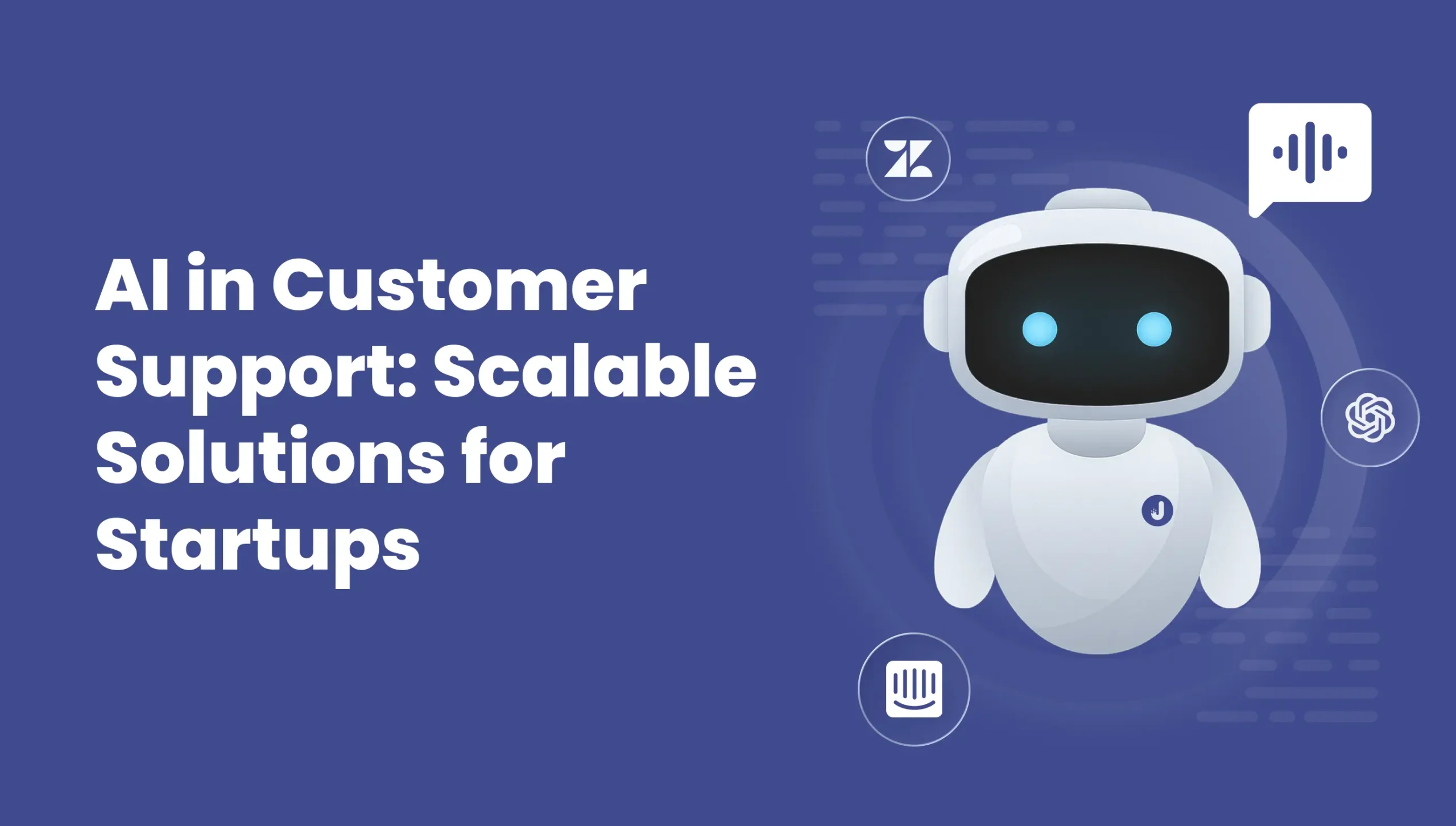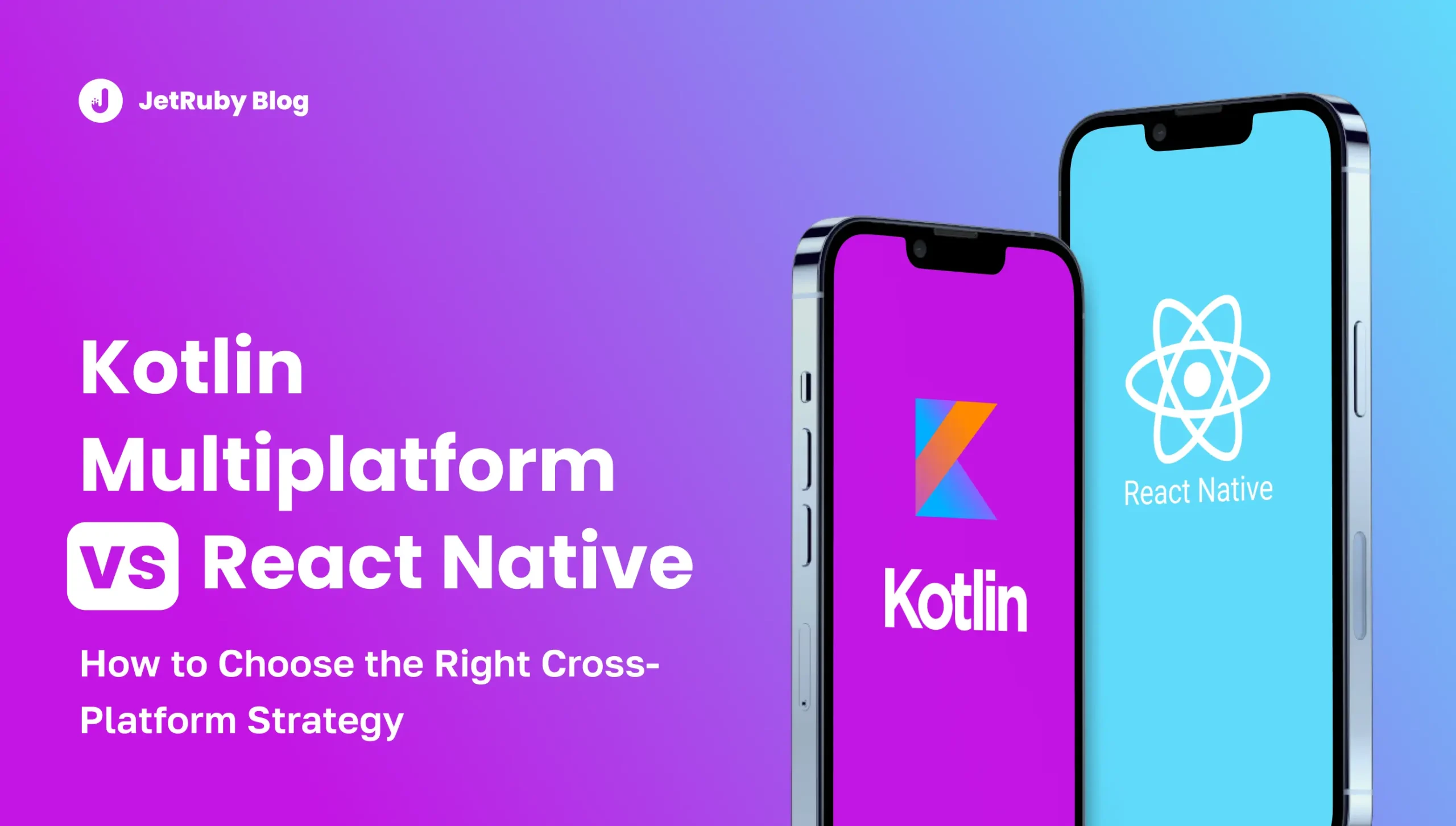Table of Contents
Early-stage companies live with a contradiction: users demand enterprise-grade service, but you only have a handful of agents — and maybe they’re also writing code or running sales calls. A 2025 Zendesk study found that 64% of CX leaders intend to increase AI budgets this year. Why? Because ai customer support lets a tiny team deliver 24/7 coverage, multilingual replies, and sub-minute first-response times without hiring a night shift.
Yet hype can be dangerous. The smartest founders treat AI in customer service as a scalable partner, not a magic wand. This guide shows how to pick the right AI chatbot for startups, plug it in quickly, measure ROI, and expand only when the data says so.
What AI in Customer Support Can Do Today
Modern AI in customer support doesn’t just handle routine work 24/7, it’s the fastest way to automate customer support for your startup. In summary, it can provide faster responses, assist across languages, and do basic ticket triage — all of which help a small team stretch its reach. Major advances in generative AI (like OpenAI’s ChatGPT) have supercharged these capabilities. For example, tools powered by generative AI can offer 24/7 assistance without burning out your team, meaning customers get answers any time of day or night. Unlike human agents who must sleep or take breaks, an AI chatbot is always on. This non-stop availability is especially valuable for startups serving global users in different time zones.
In practice, AI support tools can:
- Respond instantly to common queries: AI chatbots can generate accurate answers in seconds, dramatically reducing wait times. As one blog notes, “customers can gain instant answers from ChatGPT which are certainly faster than those that could be obtained from a human agent”. This helps cut down queues and keeps users happy. The result is a much quicker average response time even with a tiny staff.
- Serve multilingual customers: Modern LLMs understand dozens of languages. ChatGPT, for example, “is not just limited to the English language – it can provide multilingual support to customers around the globe”. For startups expanding internationally, this means offering support in multiple languages out of the box, without hiring native speakers for every region. A customer can chat in Spanish, German or Chinese and still get a helpful response, which expands your effective support coverage.
- Classify and route tickets: AI can act like a smart assistant that reads incoming requests and decides what to do with them. It can filter out simple questions and escalate complex ones for humans. For example, generative AI systems can identify which questions can or cannot be answered by the AI itself, and send the toughest issues directly to human agents. This “question triage” ensures the team only spends time on tickets that really need human insight. AI can also prioritize urgent issues: if a query seems critical (e.g. a billing error or VIP request), AI can flag it and route it immediately to a senior agent. In practice, ChatGPT-based bots can automatically “prioritize tickets based on level of urgency,” ensuring no critical problem falls through the cracks. This smart routing means your few agents work more efficiently.
- Assist human agents: AI is not just for talking to customers – it can also help your team behind the scenes. For instance, if one agent is absent, an AI can recap a conversation so another agent can jump in easily. According to Intercom’s industry report, about 28% of support teams use AI to summarize customer conversations for other agents. AI can also suggest full replies or draft responses: an agent might write a quick bullet list, and the AI expands it into a polished answer. It can even help generate new help center articles or improve knowledge-base content based on common questions. All this cuts down the manual work of writing and research.
Many practical tools embody these capabilities today:
- OpenAI’s ChatGPT (and GPT API): You can use ChatGPT directly (via the web or API) to generate responses to customer questions, draft emails, translate inquiries, and more. Developers often integrate ChatGPT’s API into their systems: for example, by training a GPT model on the company’s own knowledge base to build a custom chatbot. This makes ChatGPT a very flexible building block.
- Zendesk’s AI bots: Zendesk offers an “Answer Bot” that uses machine learning to pull answers from your help center and FAQ pages. It can resolve straightforward tickets “in a matter of seconds” before a human ever sees them. In one early trial, Answer Bot resolved around 4,500 tickets per month and deflected 10% of total ticket volume for a fast-growing startup. Zendesk has also partnered with OpenAI: it uses GPT-4 behind the scenes to power features like automated response generation, conversation summarization, and sentiment-aware tone-shifting. In short, Zendesk’s platform now has built-in AI features to reduce agent effort.
- Intercom’s AI: Intercom (a popular support/CRM platform) offers AI agents like Fin and Copilot that can answer questions, summarize chats, and suggest replies. According to Intercom, its AI agent “Resolves 59% of queries” for many customers (Intercom’s own marketing claims a 59% resolution rate). Even without a special agent like Fin, many startups use Intercom’s chat interface with ChatGPT or other LLMs integrated via plugins. Intercom’s research also shows that 69% of support leaders plan to increase AI investment in customer service, reflecting how common these tools have become.
- Other AI chatbots: Besides the big names, there are many specialized AI support tools (Ada, Weave, Freshworks, etc.) that promise 24/7 automated support. The core idea is the same: an AI chatbot powered by NLP can handle FAQs and routine issues, handing off to humans for complex cases. Over time, they use the logged interactions to learn what customers need.
In practice, the real benefit of all these tools is consistency and scalability. AI chatbots never get tired or forget to greet customers warmly. As one guide observes, customers today “don’t care whether it is a human or chatbot dealing with their issue as long as it is resolved”. That means a friendly, accurate bot can boost satisfaction by giving consistent, immediate help at any hour.
Why Startups Should Approach AI Differently
While AI offers many benefits, startups must be careful how they implement it. The biggest temptation is to treat AI as a silver bullet. In reality, it’s usually smarter to start small and focus on ROI. Here are a few key considerations:
- Build vs. Buy: You might wonder, “Should we build our own AI system or just use an existing solution?” For most startups, buying (or integrating) is usually better. Building a production-grade AI agent in-house is surprisingly costly and slow. Analysts note that development timelines for AI systems can range from 2 months to over 24 months depending on complexity. During that time, a startup could be losing market momentum. Also, hiring top AI engineers is expensive: in the U.S., salaries for ML engineers can easily exceed $150,000/year, not to mention the costs of cloud GPU resources and data infrastructure. In contrast, existing platforms let you start right away. For example, integrating a chatbot with ChatGPT’s API or enabling Zendesk’s Answer Bot can be done in days or weeks, not months. Outsourced tools also come with built-in scalability, so you don’t have to figure out infrastructure on your own. In short, if AI support isn’t your core product, “why stretch your resources thin” building it yourself?.
- Lightweight integrations and fast pivots: Startups need to move fast. Choose AI tools that are easy to plug into your existing workflows. Instead of a massive IT project, implement a lightweight chatbot or help widget. For example, you might first add an AI chat assistant on your help center page or integrate ChatGPT into your live chat. Once it’s live, measure how it performs: is it answering 70% of FAQs? Are customers happy? Then iterate. This agile, incremental approach lets you pivot if needed. Don’t invest in every feature under the sun – focus only on what moves the needle.
- Focus on ROI, not feature overload: It’s easy to fall into the trap of wanting all the AI bells and whistles. But each extra feature adds complexity and cost. Instead, identify the highest-value use case. For many startups, that’s handling repetitive questions (account issues, basic troubleshooting, FAQs). Automating those tasks can yield quick wins. In fact, one analysis notes that some fast-growing startups have automated up to 60% of their support using LLMs, drastically cutting support costs and helping them reach profitability faster. Put another way, even modest automation of routine tickets can free your team to focus on big problems. Always measure the impact in terms of saved hours or improved satisfaction, and only expand the scope when the ROI is clear.
In summary, approach AI in customer support like any other startup project: be lean, data-driven, and ROI-focused. Use proven tools rather than reinventing the wheel. Start small, prove the value, then expand. When done smartly, AI can transform a tiny support team into a 24/7 service operation with minimal overhead.
JetRuby’s AI-Backed Delivery Philosophy
At JetRuby, we live and breathe this lean, results-driven approach. We help early-stage teams add AI to their support workflows in a way that fits their size and budget. For example, we might start by integrating a ChatGPT-based bot into your Intercom or Zendesk chat. This prototype can quickly answer common questions using your existing knowledge base, without a huge upfront investment. We then monitor performance and refine the bot’s training so that it steadily handles more queries on its own.
Because we focus on right-sized solutions, we avoid overkill. We won’t build you a full AI lab overnight; instead, we’ll iteratively add automation where it matters. This agility means your startup isn’t locked into a costly, bulky system. Instead, you get fast feedback and quick wins – whether it’s a new smart routing rule, an AI-generated email response tool, or a multilingual chat assistant. Throughout the process, we keep a close eye on the budget and ROI. Every step is designed to save your team time and cost, not add unnecessary features.
In practice, partnering with JetRuby can save you months of development. As industry experts note, every month spent building your own AI is a month not spent improving your core product. By contrast, we can plug into off-the-shelf AI models and customize them for you in weeks. Our engineers act as innovation partners: we guide you through the trade-offs of each approach, build lightweight integrations, and make sure the final solution truly meets your support goals. The result is an AI-powered support system that feels tailor-made for your startup – providing scale, speed, and affordability all at once.
Summary and Next Steps
AI in customer support isn’t fantasy — it’s a practical way for startups to automate customer support and deliver 24/7 service, instant answers, and multilingual help while smoothly handing off complex issues to humans. By starting small — focusing on high-impact tasks and integrating proven platforms or APIs — you can prove ROI in weeks, not months, and avoid the cost and delay of a full in-house build. Many startups automate 30–60 % of their inquiries within months, cutting support costs and boosting efficiency.
Let’s talk about how AI chatbots and assistants can help your startup support customers like a scale-up. At JetRuby, we’ll tailor a lean, results-driven solution that multiplies your team’s power without breaking the bank.




